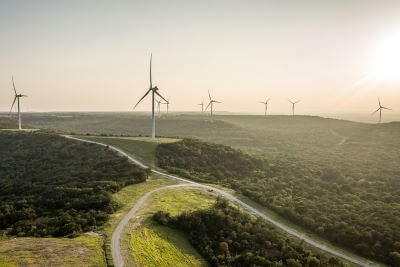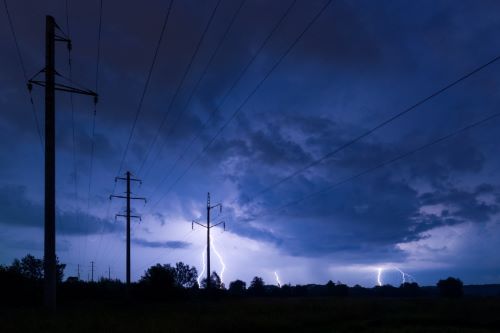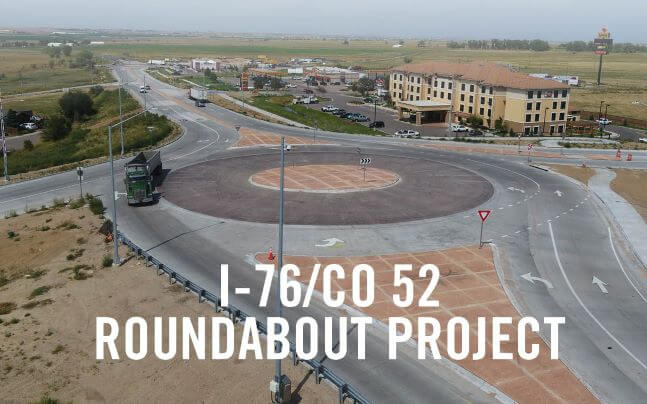How to Know It’s Time to Repower Your Wind Farm

March 11, 2024
Wind is the largest source of renewable electricity generation in the US, providing 10.1% of the country’s electricity and growing, according to American Clean Power (ACP). Amid the excitement of seeing some of the largest wind and solar developments constructed across the United States and the stories about America’s growing utilization of renewable energy, there’s another story – the growing trend of repowering older wind energy facilities.
This past decade celebrated great strides in wind energy technology. New designs, new materials, larger blades, and improved interconnections with power grids — all add up to more power generated at a lower cost.
According to the Office of Energy Efficiency and Renewable Energy – wind turbines continue to grow in size and power, with the average nameplate capacity of newly installed wind turbines at 3 MW in 2021—up 9% from 2020 and 319% since 1999.
Let me put it another way: A single, typical wind turbine installed today can generate enough electricity to power 900 average American homes for an entire year — a significant increase over the average wind turbine built in 2015 that could power approximately 610 homes.
These results are not just limited to newly built wind farms using the latest technology.
Factors to Consider for Repowering
An important part of our wind energy business is consulting with project owners on the efficacy of repowering older turbines with the latest wind energy technology, which, in our opinion is night and day compared to what was available even five or 10 years ago.
According to ACP – Many assets over 10 years old can qualify for an additional 10 years of the PTC by making major upgrades to existing equipment, including new blades, drivetrains or nacelles. Repowering is expected to be performed on over 30 GW, or 20%, of the existing US onshore wind energy fleet by the end of 2028.
So how do you know it’s time to repower your wind farm with the latest technology? Here are some considerations, assuming wind patterns have continued to remain consistent in the area where you built your wind farm:
- Age – If your wind farm was built 10 years or more ago, it’s highly likely that the turbines are smaller than what is available today. Larger turbines capture more wind, and therefore, can generate more power. If you have been contacted by a manufacturer of wind technology about upgrading your facility, you should conduct an analysis on the performance of your existing turbines before you consider repowering.
- Performance patterns – If you see the power generated by your wind farm decreasing over time, it may mean there are some issues with your wind turbines.
- Maintenance costs – If you notice a trend in the rising costs of maintaining your wind turbines — cracked or damaged blades, mechanical issues — it may be time to analyze all of your turbines to determine if it would be more cost effective to repower the turbines.
When we conduct an analysis to determine whether to repower a wind farm or not, we often look at several factors:
- Maintenance costs — rate of maintenance costs compared to the aging of the infrastructure
- Replacement costs — cost of replacing parts
- Opportunity costs — analysis of generating more power and income with newer equipment vs. maintaining existing equipment
- Interconnect agreement assessment (if you produce more power with newer technology, a new interconnect agreement is likely needed)
Repowering wind farms is one of the most economic and environmentally friendly strategies wind farm operators should consider as they build and maintain their portfolio of wind energy assets. Periodically assessing their performance is a smart approach to reducing costs and understanding the value of when to upgrade to newer and more profitable technology. As one of the pioneers in wind energy development, the Ulteig renewables team has the experience and expertise to help owners and operators better understand their options.
The future is here, now. Ulteig engineers are experts in planning and solving complex problems. Allow us to put our expertise to work in creating well-designed plans for implementing improvements to your wind power facilities using modern wind energy technology. Contact us now.
WHAT MAKES ULTEIG DIFFERENT?
From global energy producers to locally funded cities and private developers to government agencies, the clients we serve encompass a broad range of relationships and projects. Find out why Ulteig is a leader in the engineering industry.
Contact Us



